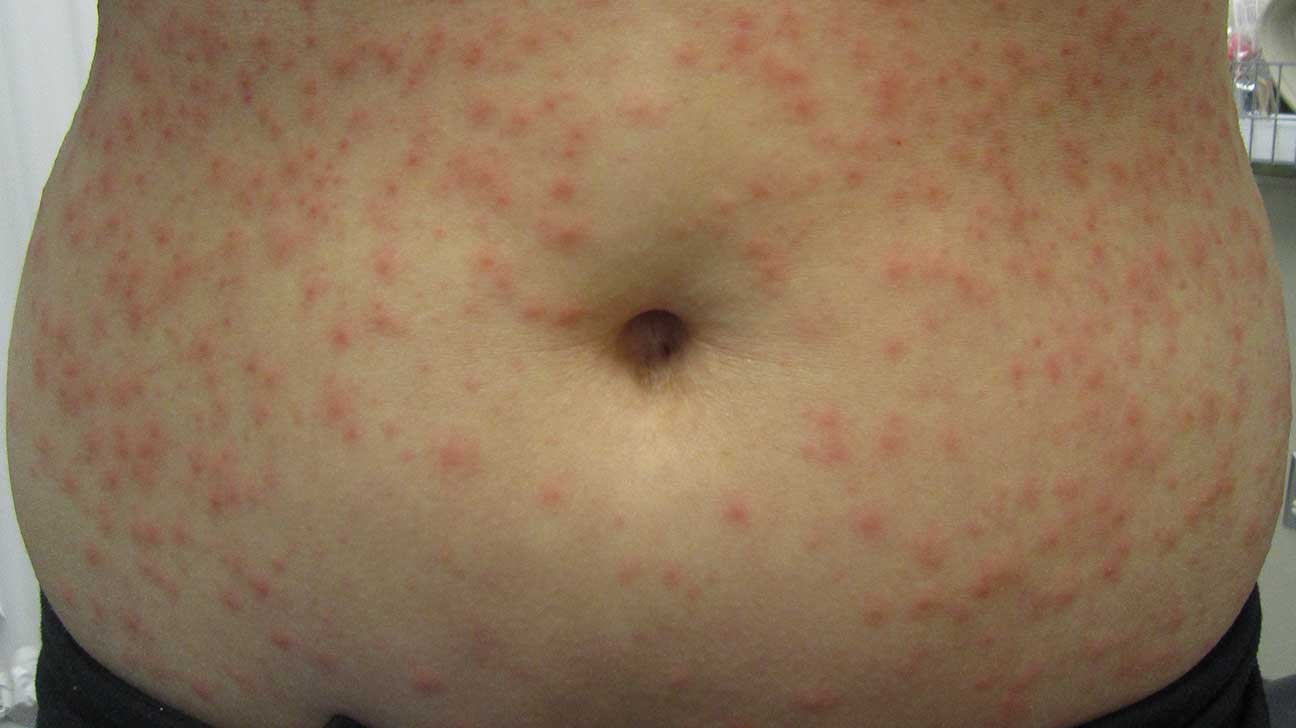Folliculitis is not an STD. It’s a skin condition that happens when your hair follicles get inflamed. The inflammation can be caused by infection, injury, or irritation.
Folliculitis often goes away on its own, but it can come back. If it keeps coming back or gets worse, you should see a doctor.
No, folliculitis is not an STD. It’s a common skin condition that happens when your hair follicles become inflamed. Folliculitis can be caused by a number of things, including shaving, tight clothing, and sweating.
It’s usually not serious, but it can be uncomfortable and sometimes it can lead to infections. If you have folliculitis, you should see a doctor so they can prescribe the best treatment for you.
Table of Contents
Herpes or Folliculitis-learn how to tell the difference. Expert STD doctor (SlavaFuzayloff) explains
What Diseases Cause Folliculitis?
Folliculitis is an infection of the hair follicles that can occur on any part of the body. The most common causes of folliculitis are bacteria, fungi, or viruses. Folliculitis often appears as a rash with small bumps around the affected hair follicles.
In some cases, the bumps may contain pus or other drainage. Folliculitis is usually not serious and can be treated with home remedies or over-the-counter medications. However, in rare cases, folliculitis can lead to more serious infections, such as cellulitis or impetigo.
What Std Looks Like Folliculitis?
Folliculitis is a condition in which the hair follicles become inflamed. It can occur on any part of the body, but is most commonly found on the scalp, face, chest, and back. The inflammation is usually due to an infection or an allergy.
Folliculitis can be either superficial or deep. Superficial folliculitis only involves the uppermost layer of skin, while deep folliculitis extends down into the lower layers of skin.
STD stands for sexually transmitted disease.
There are many different types of STDs, and they can all cause different symptoms. Some STDs, such as HIV and syphilis, can lead to serious health problems if left untreated. Others, such as chlamydia and gonorrhea, can cause infertility if left untreated.
Still others, such as genital warts and herpes simplex virus (HSV), can be extremely painful and uncomfortable but are not generally life-threatening.
It is possible for some STDs to cause folliculitis. For example, HSV-1 and HSV-2 (the viruses that cause cold sores and genital herpes) can both cause folliculitis around the mouth or genitals.
Other STDs that have been linked to folliculitis include HPV (human papillomavirus), Trichomoniasis ,and pubic lice .
What Type of Infection is Folliculitis?
Folliculitis is an infection of the hair follicles. It can be caused by bacteria, fungi, or viruses. The most common type of folliculitis is called bacterial folliculitis.
It is caused by the bacterium Staphylococcus aureus. Fungal folliculitis is caused by fungi such as Candida albicans. Viral folliculitis is rare and is usually caused by the herpes simplex virus.
Is Folliculitis an Infectious Disease?
Folliculitis is not an infectious disease. It is a condition that results when hair follicles are damaged and become inflamed. The most common cause of folliculitis is shaving, but it can also be caused by waxing, tight clothing, and friction from other skin conditions.
Folliculitis usually goes away on its own within a few days, but it can sometimes become a more serious condition.

Credit: www.healthline.com
Is Folliculitis Curable
Folliculitis is a skin condition that results when the hair follicles become inflamed. It can occur on any part of the body, but is most common on the face, scalp, chest, and back. Folliculitis is usually not serious and will go away on its own without treatment.
However, in some cases it can lead to more serious infections. Treatment for folliculitis depends on the severity of the infection and may include topical antibiotics or oral antibiotics. In rare cases, surgery may be necessary to remove the infected hair follicles.
Is Folliculitis Contagious
Folliculitis is an inflammation of the hair follicles that can occur on any part of the body. It is most commonly seen on the face, scalp, chest, and back. Folliculitis is not contagious, but it can be recurrent.
The cause of folliculitis is usually unknown, but it may be related to an infection or an allergic reaction. Treatment for folliculitis typically involves antibiotics or antifungal medications. In some cases, surgery may be necessary to remove the affected hair follicles.
Folliculitis Pictures
Folliculitis is a condition that results when hair follicles are damaged or inflamed. The damage can be caused by several factors, including bacteria, viruses, fungi, and irritation from shaving or other skin treatments. Folliculitis can occur on any part of the body where hair grows, but it is most common on the face, scalp, chest, and back.
Folliculitis usually appears as small red bumps or white-headed pimples around hair follicles. In some cases, the bumps may be filled with pus or other drainage. The affected area may be itchy or painful.
Severe cases of folliculitis can lead to scarring and permanent hair loss.
If you think you have folliculitis, it is important to see a doctor for proper diagnosis and treatment. Treatment options vary depending on the cause of the folliculitis but may include antibiotics, antifungals, or corticosteroids.
In some cases, home remedies such as warm compresses may help relieve symptoms.
Conclusion
No, folliculitis is not an STD. It’s a common skin condition that happens when your hair follicles get irritated and inflamed. It can be caused by a number of things, including shaving, tight clothing, or sweaty workouts.
Folliculitis usually goes away on its own, but it can sometimes lead to more serious skin infections. If you’re concerned about folliculitis, see your doctor for treatment options.
